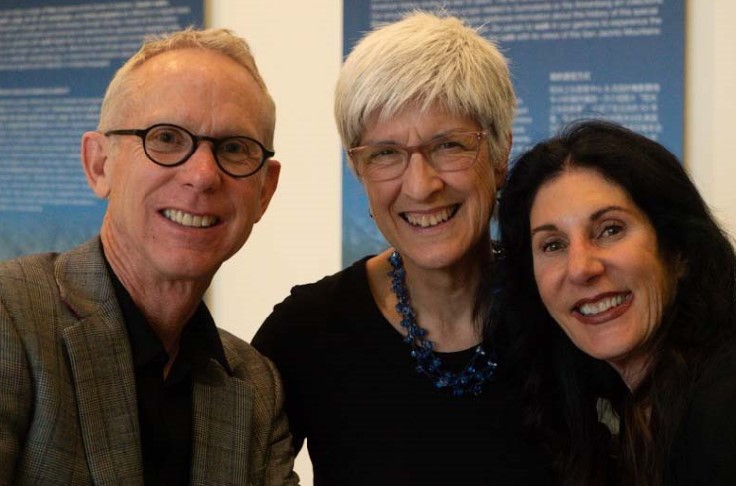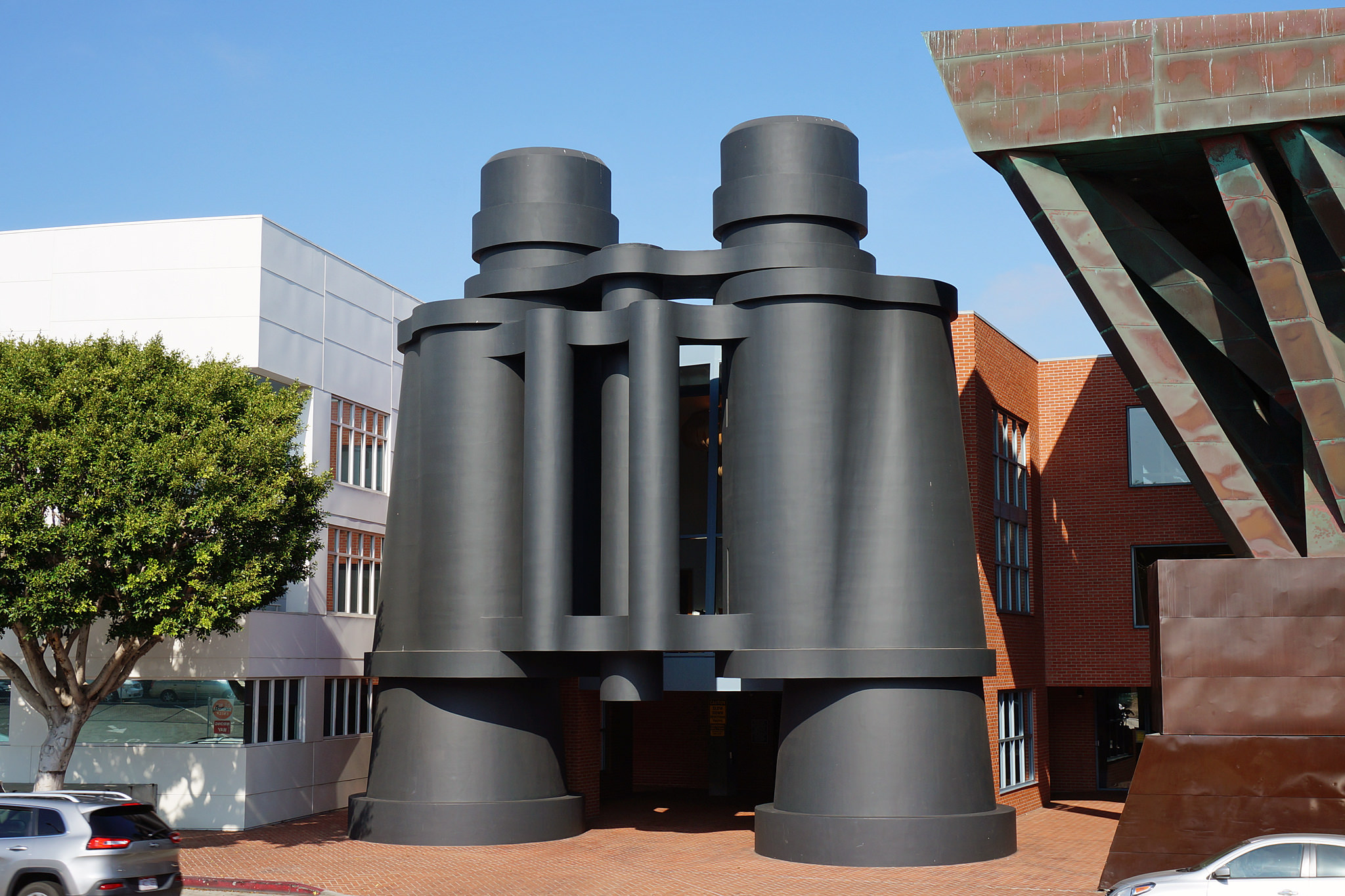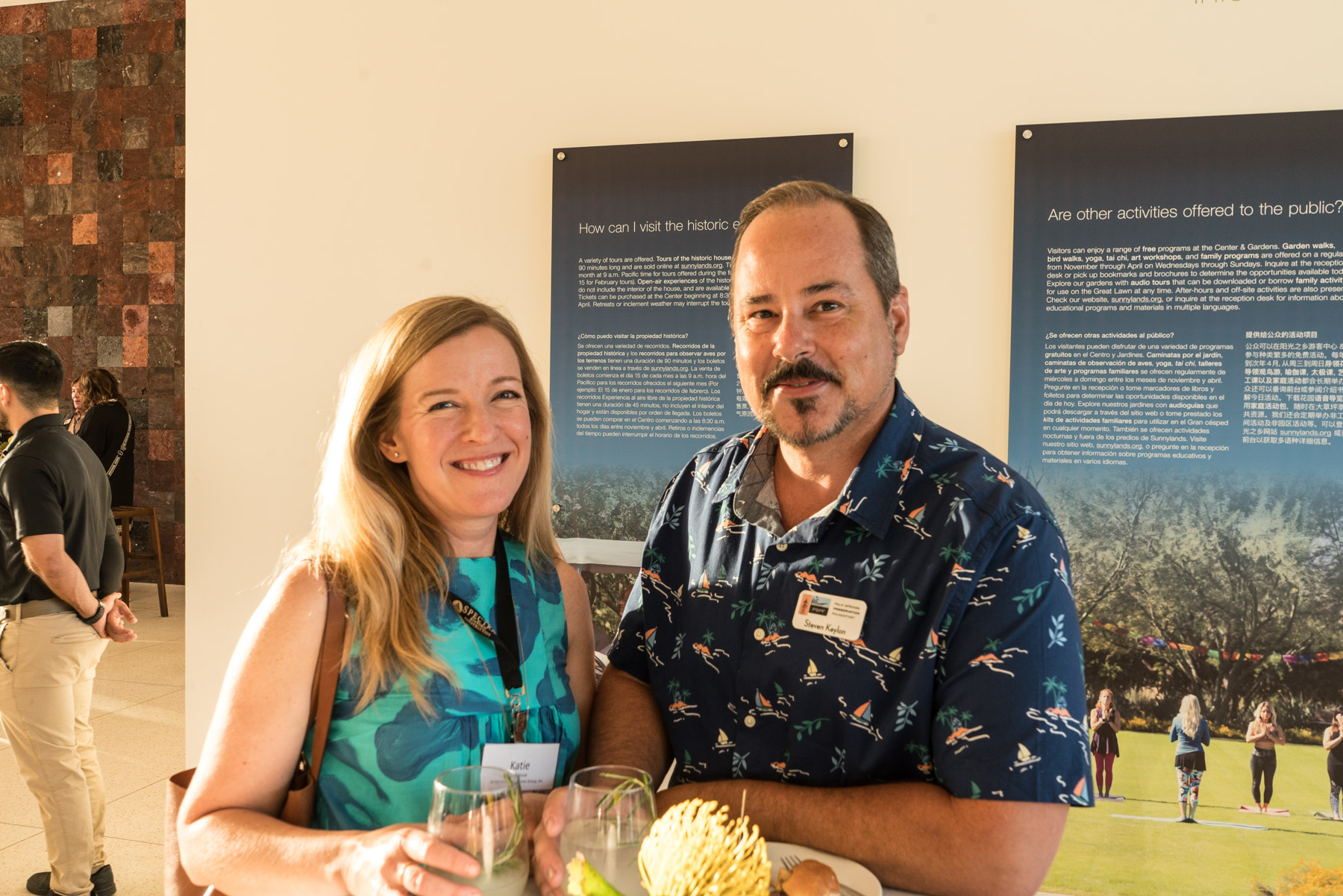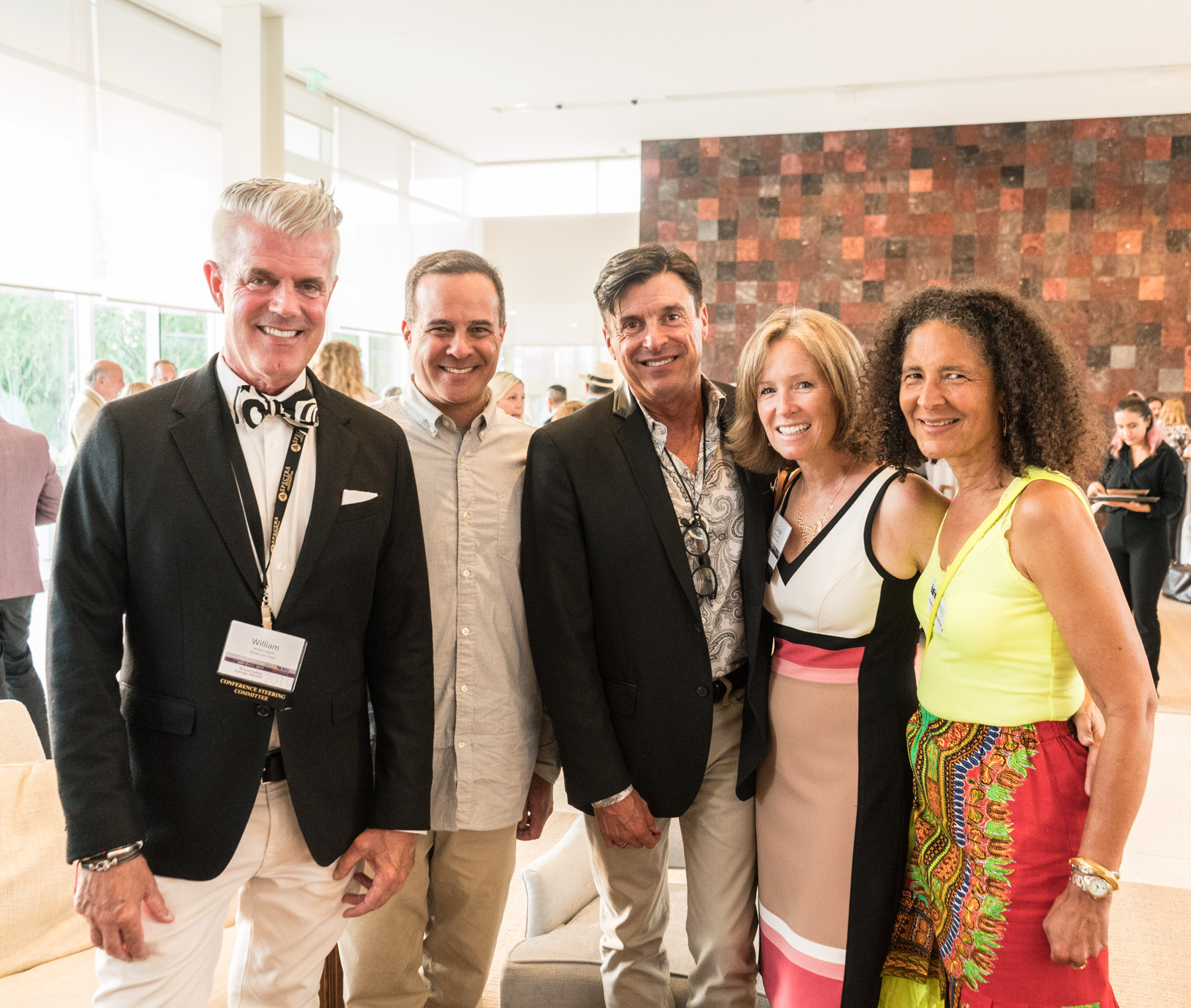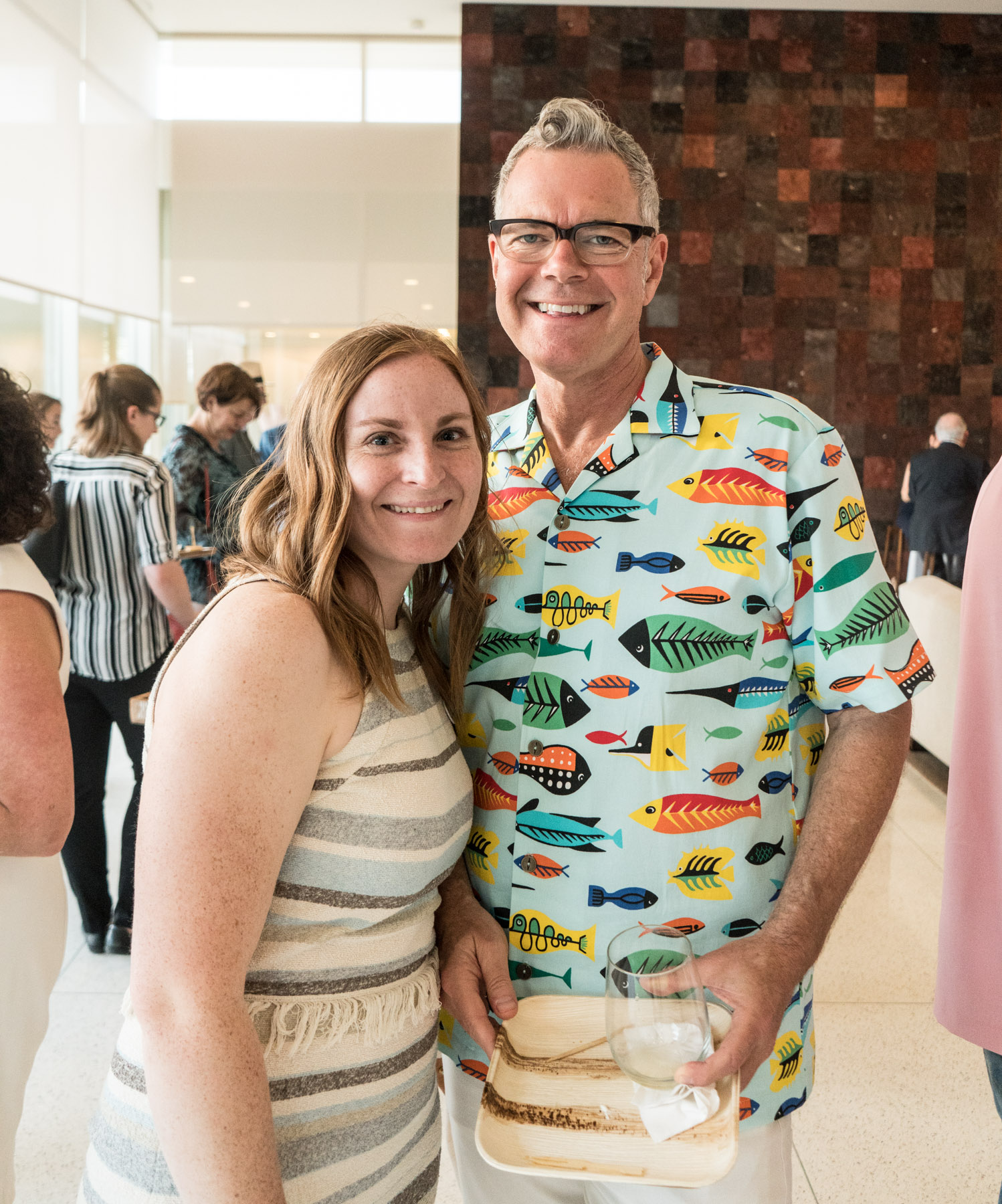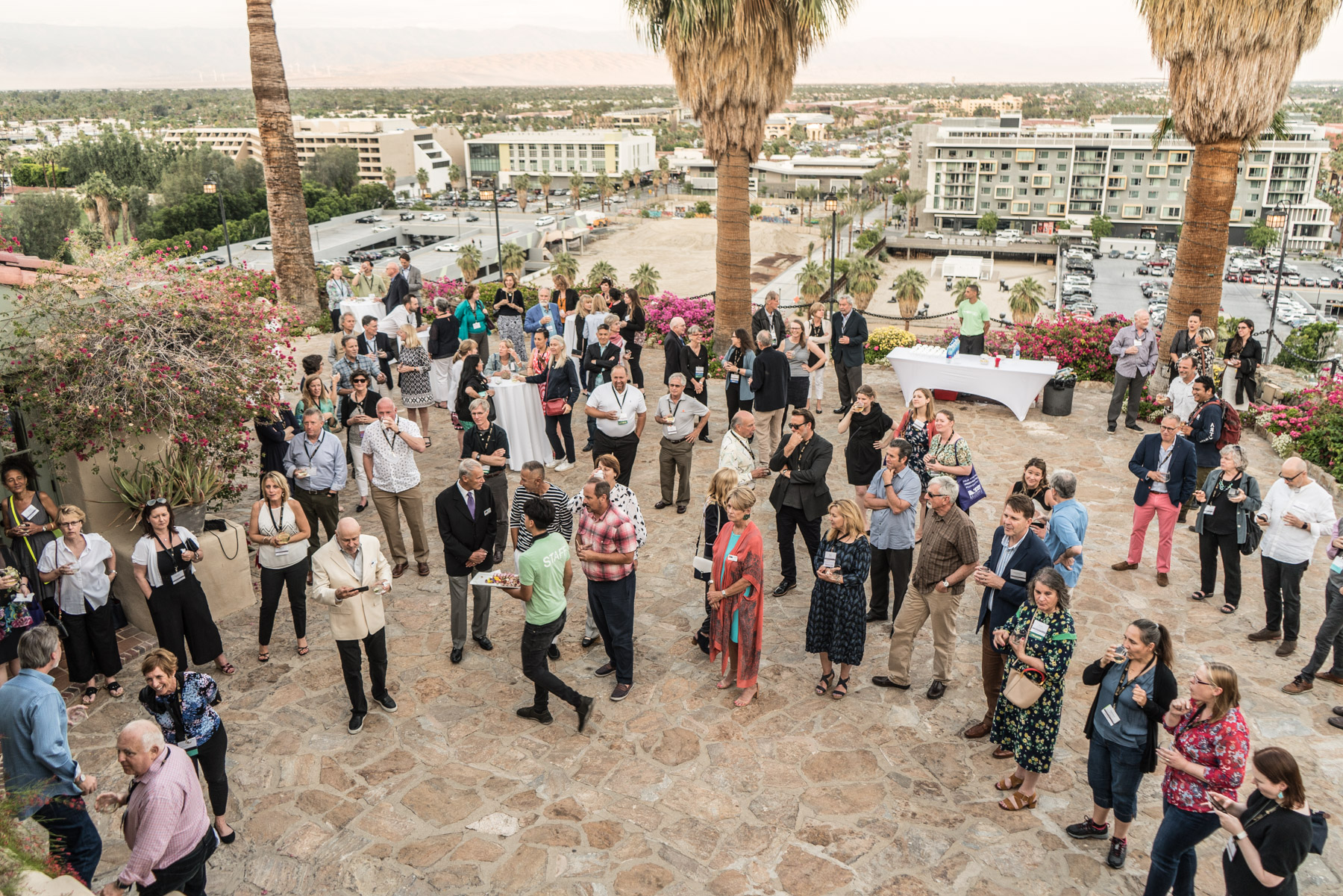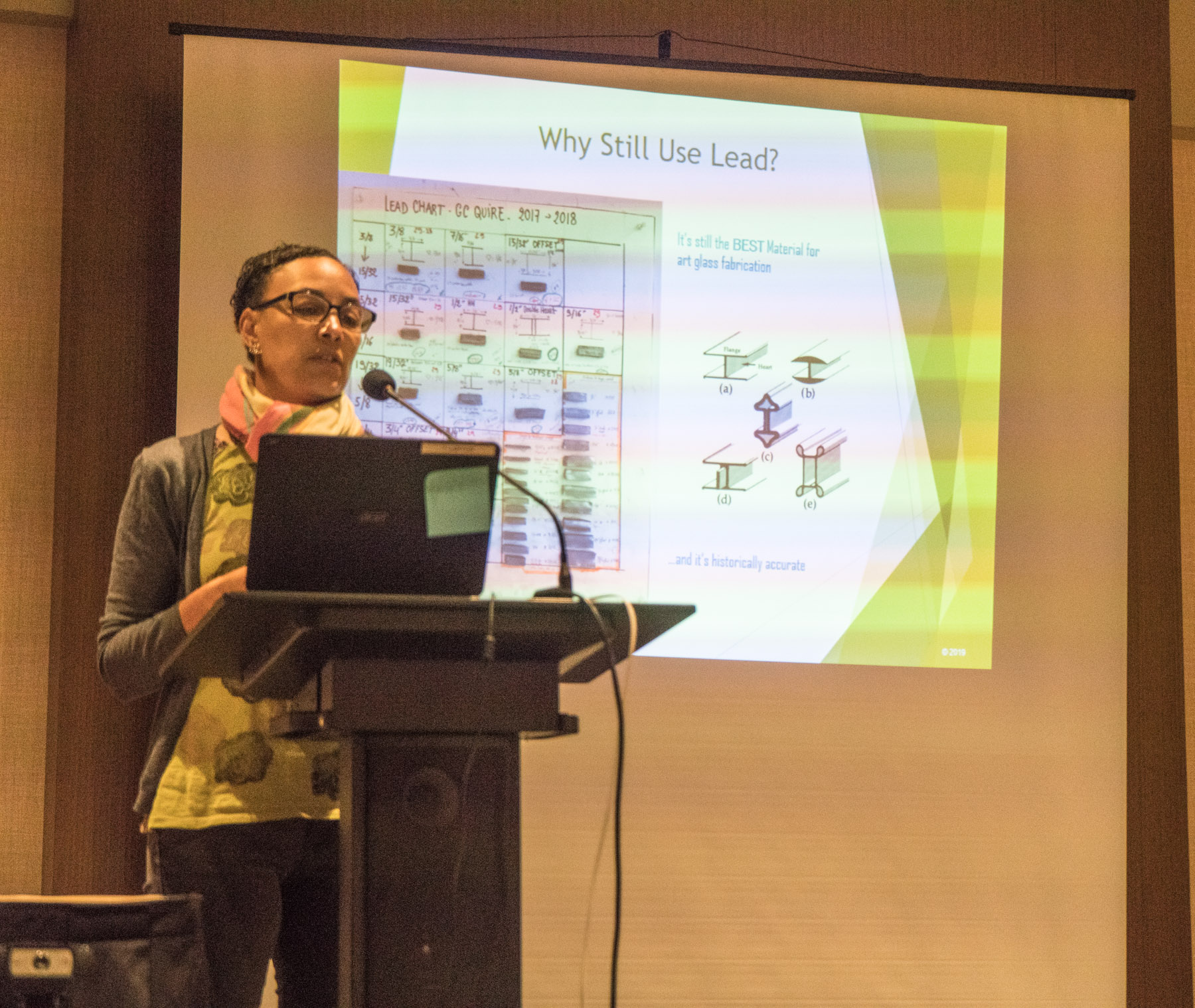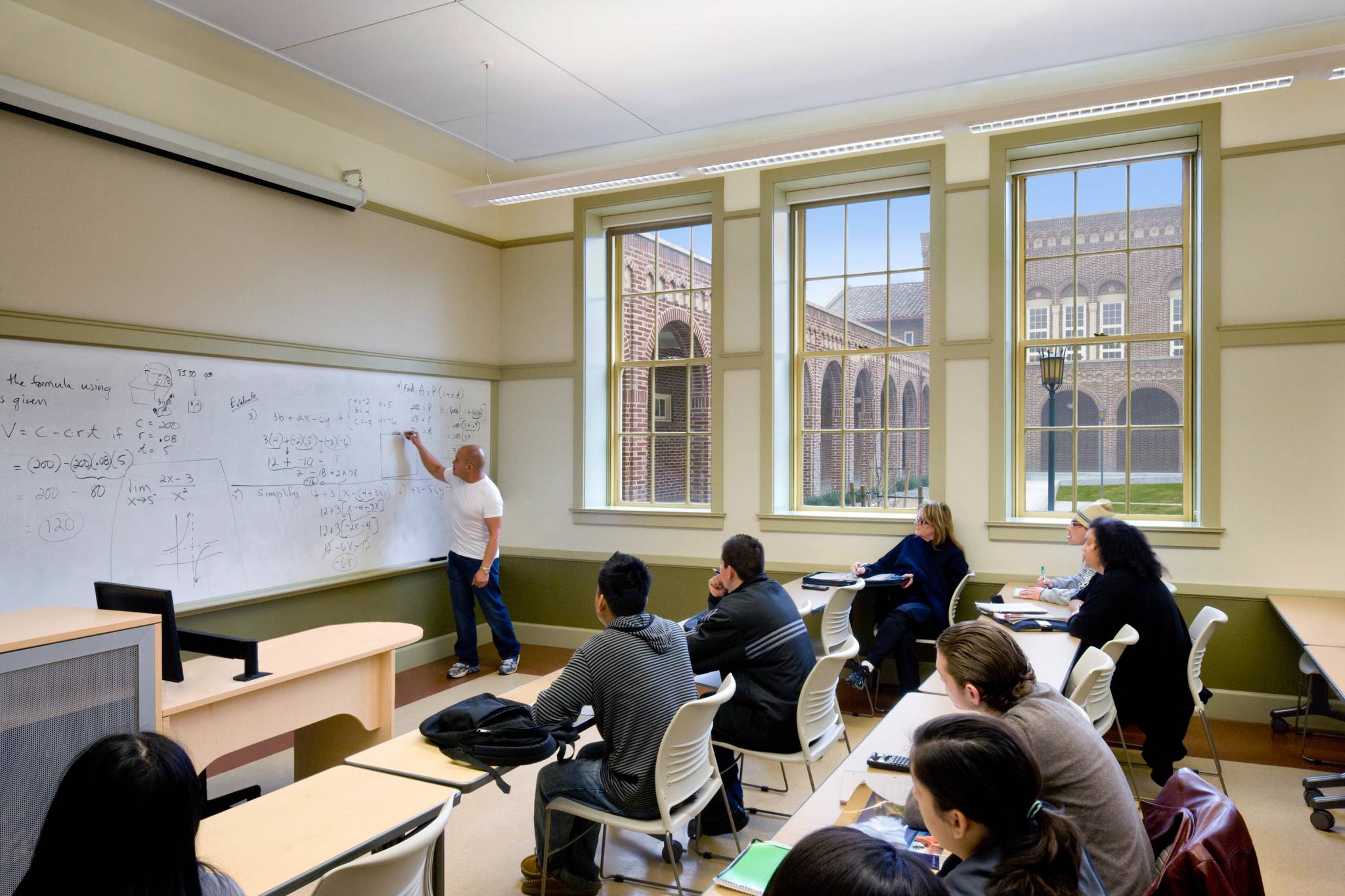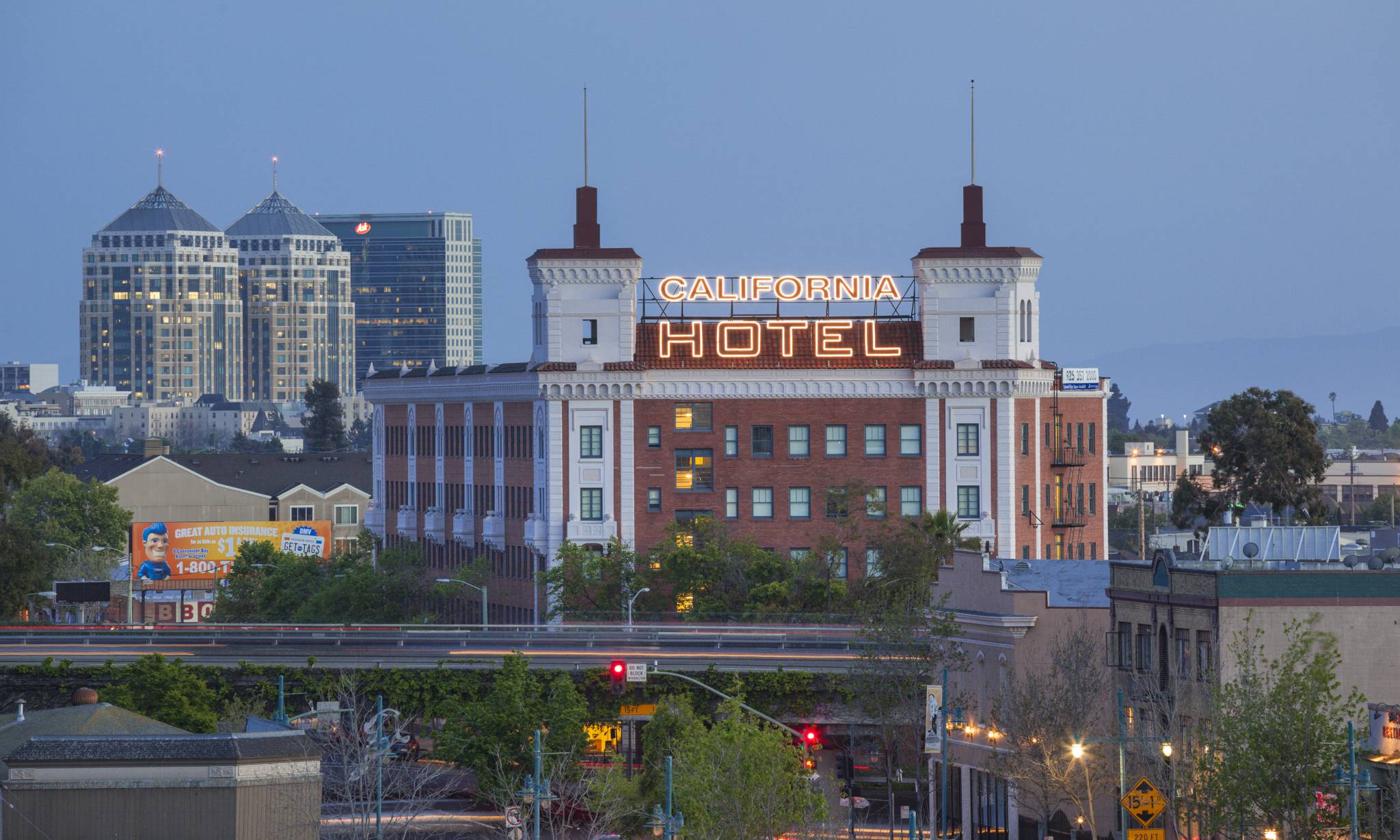The Sun Sets at the Oasis
Submit a conference session, workshop, webinar, tour or other event for special consideration by the California Preservation Foundation conference and education committees. Deadline is July 31st!
Welcome to Our Team
Become a member today and join our team! We are a community of architects, designers, preservationists, and architecture fans who come together to support a singular mission: to save historic places. We can't do it without you! Click here to join us.
Get CPF updates
Sign up below to receive advocacy alerts and updates from CPF.
It’s often said that good things come in three. For the third time, the California Preservation Foundation was welcomed to the beautiful and vibrant city of Palm Springs. It seems like clockwork that CPF returns to this desert oasis each decade (1999, 2009, and 2019). Each time, the positive, transformative impact of historic preservation becomes more apparent.
I was nine years old when I first traveled to Palm Springs with my mom and stepfather, and I vividly recall being mesmerized by the desert landscape; then, unlike now, Palm Springs was a sleepy resort town that catered largely to retirees. At #CPF2019, the city’s streets were filled with visitors of all ages and the downtown hosted a vibrant Arts Walk just steps away from the conference center. As reiterated in conference sessions and tours, preservation in Palm Springs has led to enormous success.
There have been losses in Palm Springs’ past, some elucidated by Palm Springs Preservation Foundation President, Gary Johns in his Plenary Address. These losses have included Richard Neutra’s Maslon House, the Chart House in Rancho Mirage, and the Biltmore Hotel. But Palm Springs has much to celebrate – and celebrate we did this year by kicking off our Opening Reception at Sunnylands with 250 in attendance.
Our lead sponsor, the Palm Springs Preservation Foundation, has played a significant role in ensuring many of the city’s sites have been carefully and thoughtfully saved. Our Host Sponsor, the City of Palm Springs can now carry the torch of preservation as a Certified Local Government, ensuring that stewardship of the city’s most iconic sites have oversight. And the many tribes of the Coachella Valley graciously welcomed our attendees, where many of our events took place within the checkerboard of tribal lands surrounding the Conference Center.
Indeed, a lot in Palm Springs has changed since our last conference there in 2009. As Gary Johns noted in his editorial printed in the Desert Sun before the conference kicked off, “Palm Springs has enjoyed a renaissance.” A few recent notable preservation achievements in the city included re-purposing architect, E. Stewart Williams’ Santa Fe Federal Savings & Loan building (1961); the renovation of Luckman & Pereira’s national AIA award winning J.W. Robinson’s Department Store (1958), and Architect Hugh M. Kaptur’s Tahquitz Plaza being spared from the wrecking ball to today serve as a popular and highly successful mixed-use center.
Yet, the challenges remain daunting, including the extra effort of nominating resources under Criterion G that don’t yet meet the “50-year threshold”; the impact of climate change and water shortages on desert cultural landscapes and structures built with adobe; and the hurdles of upgrading a 1936 atmospheric theater downtown through a cross-disciplinary, collaborative process. These are just three examples of the issues and efforts discussed in dozens of informative educational sessions.
Attendees overall enjoyed the conference, bestowing the 44th annual conference with an average evaluation of 9.25/10 in our online survey. “I thought overall that the conference was incredibly well organized and attracted a diverse, dedicated group of people,” said Landscape Architect, Alison Terry. “I have already told several people about CPF and complimented your organization on its relevance and important subjects it addresses.”
This is the first time in years that CPF presented a total of six tracks for the conference, ensuring a packed selection of more than 40 distinct sessions, tours, and special events. Modernism was woven throughout each of the selected tracks, and everything from cultural landscapes, to economic development, to digital documentation and materials conservation were presented in sessions and mobile workshops.
The opportunities for selfies were endless on our 12 tours and mobile workshops, and the #CPF2019 hashtag shows a veritable collage of iconic sites presented on our programs this year.
When all was finished, CPF’s outgoing President, Andrea Galvin bid adieu to our attendees at the stunning Abernathy House, where everyone in attendance enjoyed Palm Springs poolside – at its finest!
The California Preservation Foundation is thankful to the enormous efforts of our Program and Steering Committees, our conference and annual sponsors, exhibitors, numerous volunteers, and our critical partners. Each conference is a true reminder that good preservation always best happens when we work together.
We hope you will plan on joining us in May of 2020 in Sacramento! CPF will be posting details soon, but – in the meantime – we need your session proposals! The Call for Sessions ends on July 31st, so please send us your ideas. Remember: All session moderators and speakers receive steeply discounted access to the conference and priority access to our special events and other ticketed programs.

